It is quite strange that some people claim Navjot Singh Sidhu has created a ‘niche’ or even an ‘ism’ in the style of cricket commentary. It seems they have completely lost their sense of discernment. Here, we are critically analyzing his commentary style, not glorifying his theatrics.”
There was a time when cricket commentary symbolized grace, insight, and a deep understanding of the game. Voices like Tony Greig, Richie Benaud, Harsha Bhogle, or even Ravi Shastri brought cricket alive with their analysis, technical inputs, and sharp observations. But today, we seem to be in an era where commentary often resembles a chaotic mix of theatrics, forced humour, and irrelevant analogies—with Navjot Singh Sidhu leading the charge.
Poetry or Verbal Anarchy?
Sidhu is infamous for his so-called poetic style of commentary. However, it rarely offers traditional poetic value or literary finesse. Instead, it’s often a bombardment of bizarre metaphors, over-the-top comparisons, and random one-liners that frequently distract rather than enhance the viewing experience.
Examples include:
- “He hit the ball like a hungry man attacks pakoras!”
- “When the bat talks, the bowlers walk like it’s summer vacation!”
These may evoke laughter for a moment, but do they really elevate the understanding of the game or respect its nuances?
Lack of Technical Depth
Despite being a former international cricketer, Sidhu’s commentary often lacks technical insight. His constant focus on punchlines leaves little room for genuine analysis of line and length, shot selection, field placement, or match strategies.
In situations where audiences seek clarity and deeper insight, Sidhu often deviates into theatrical territory, offering very little substance.
A Product of PR, Not Proficiency
The bigger question is: why does Sidhu keep getting invited to the commentary box despite his glaring shortcomings? India, a country rich with talented ex-cricketers and analytical minds, surely has more deserving voices.
The likely answer lies in public relations and television appeal. Sidhu is a popular face, thanks to his involvement in TV shows like The Kapil Sharma Show, political controversies, and his larger-than-life persona. Broadcasters see him as a TRP magnet, someone who brings eyeballs—even if he doesn’t bring insight.
But should cricket commentary be driven by popularity alone, instead of quality and credibility?
What Should Commentary Really Be?
Cricket commentary is not just about entertainment. It is meant to:
- Explain the game to both seasoned and new viewers.
- Offer in-depth technical analysis.
- Add historical, cultural, or contextual depth.
- Maintain the sport’s dignity while being engaging.
When commentary turns into a joke-fest filled with gibberish and irrelevant “shayari,” it reduces cricket to a reality show. The game loses its intellectual and sporting value.
Audience Awareness Matters
The responsibility also lies with the viewers. Are we, as an audience, encouraging such gimmicky commentary styles? Are we choosing momentary laughs over lasting understanding?
Viewers must demand quality. Just like we expect integrity in journalism, we must expect substance in sports commentary too.
Conclusion: Sidhu—Commentator or Comedian?
Navjot Singh Sidhu is an energetic personality, no doubt. His stage presence and comic timing might be well-suited for entertainment shows. But cricket commentary is a specialist’s job. It’s about enriching the viewer’s understanding, not just tickling their funny bone.
There’s still hope—if Sidhu can tone down the dramatics and offer more cricket and less circus, he might evolve into a better commentator. But if he continues treating the commentary box like a stage for punchlines, he does a disservice to the game and its millions of passionate followers.
Commentary is not a joke; it’s the soul of the broadcast. Diluting it with noise is like drowning cricket’s voice in unnecessary clutter.
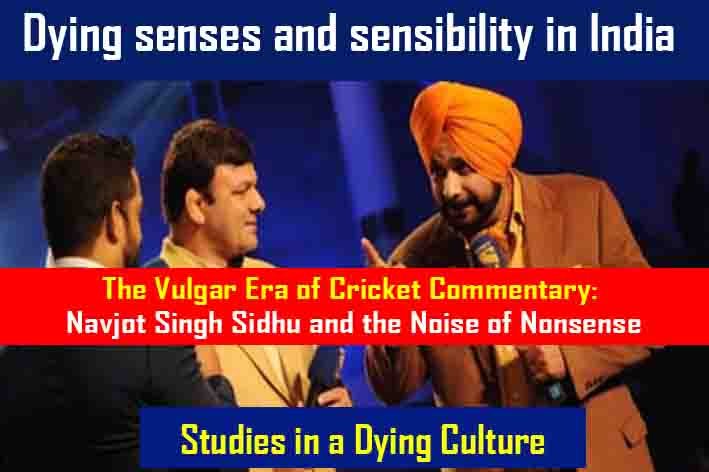
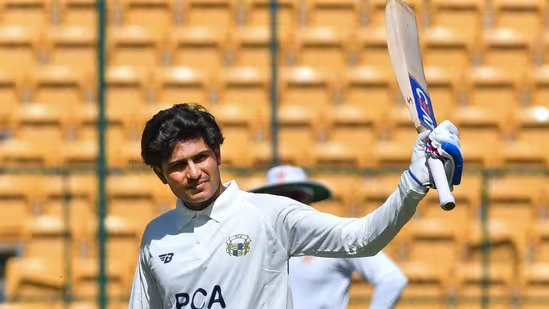
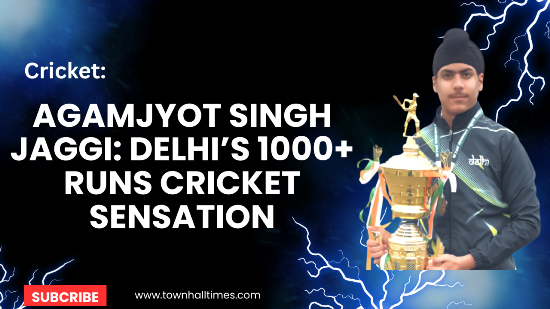
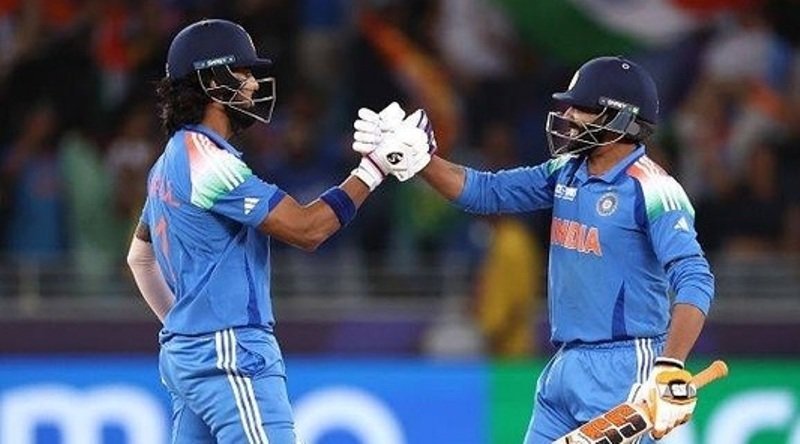
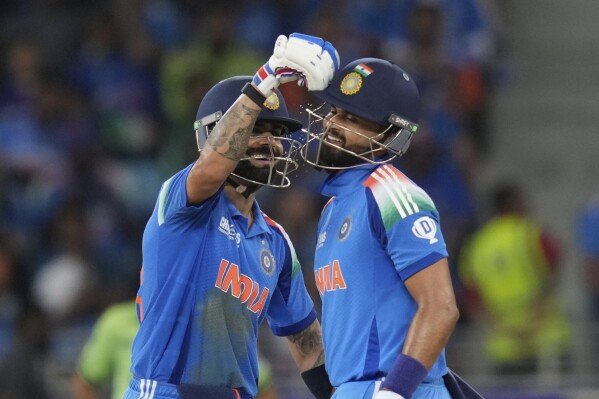


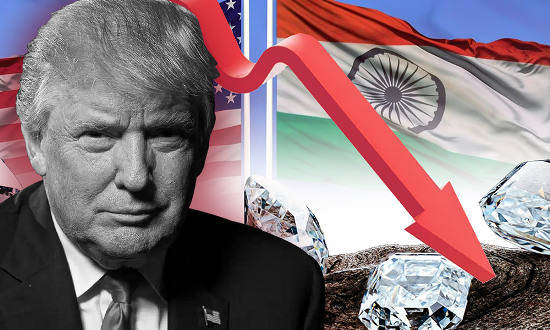


Leave a Reply